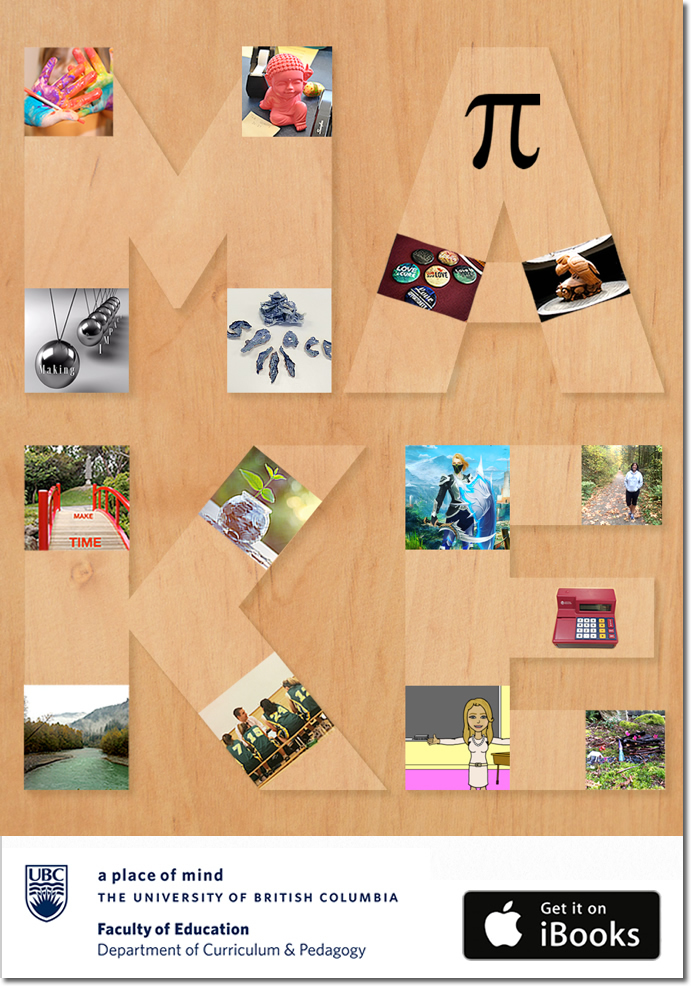
The University of British Columbia is hosting the 3rd International STEM (Science, Technology, Engineering and Mathematics) Education Conference on its Vancouver campus in July 2014. The Call for Papers is posted below and the submission deadline is December 9, 2013.
We hope those of you engaged in STEM Education will submit a proposal to present: detailed information on the submission process is on the STEM 2014 website. Your assistance in sharing the Call for Papers with colleagues and networks would be greatly appreciated.
CALL FOR PAPERS
STEM 2014 Conference | July 12-15
The University of British Columbia | Vancouver, Canada
STEM Education and Our Planet:
Making Connections Across Contexts
The International Conference of STEM in Education is an opportunity for educators and researchers from schools, universities, colleges, businesses, industries and other private and public agencies to share and discuss their innovative practices and research initiatives that may advance STEM education.
The conference will create opportunities for sharing:
- information and knowledge through keynote addresses from world leaders in STEM education, papers, poster presentations, panels, workshops, symposia, and innovative showcases;
- effective STEM pedagogical practices and strategies in and across a variety of education settings;
- the most contemporary STEM research initiatives and their outcomes;
- professional development approaches for STEM educators in a range of educational contexts;
- experiences and networking between participants from across the globe.
Join us in the summer of 2014 at the University of British Columbia (UBC) in Vancouver. Submit your proposal to present at the STEM 2014 Conference at stem2014.ubc.ca. Call for Papers closes December 9, 2013.
We invite proposals from educators, academics, education officers, industry partners, graduate and undergraduate students for papers, poster presentations, panels, workshops, symposia, and innovative showcases. Proposals will be peer reviewed, and are invited in any area related to the overall focus of the conference, including:
- Innovation in STEM Research
- Innovative Resources for STEM Education
- Transformation in Educational Practices through STEM
- Sustainability Education and STEM
- Interdisciplinary Approaches to Popular Science Education
- Life-long learning in STEM
- STEM learning in and across formal and informal contexts
- Curriculum Theory and Development in STEM
- Educational Philosophy and Theory about STEM
- Educational Policy, Leadership and Management for STEM
- Rural Education and STEM
- Special Education and STEM
- Educational Technology in STEM
- Teacher Education and Professional Development in STEM
- Design and Technology Education
- Science Fiction and STEM Education
- Disasters and STEM Education
- Other related STEM topics will also be considered
Presenters whose papers are accepted for the Conference will be invited to submit their full papers to be published in the peer-reviewed online STEM 2014 Conference Proceedings. Author guidelines are available on the conference website.





